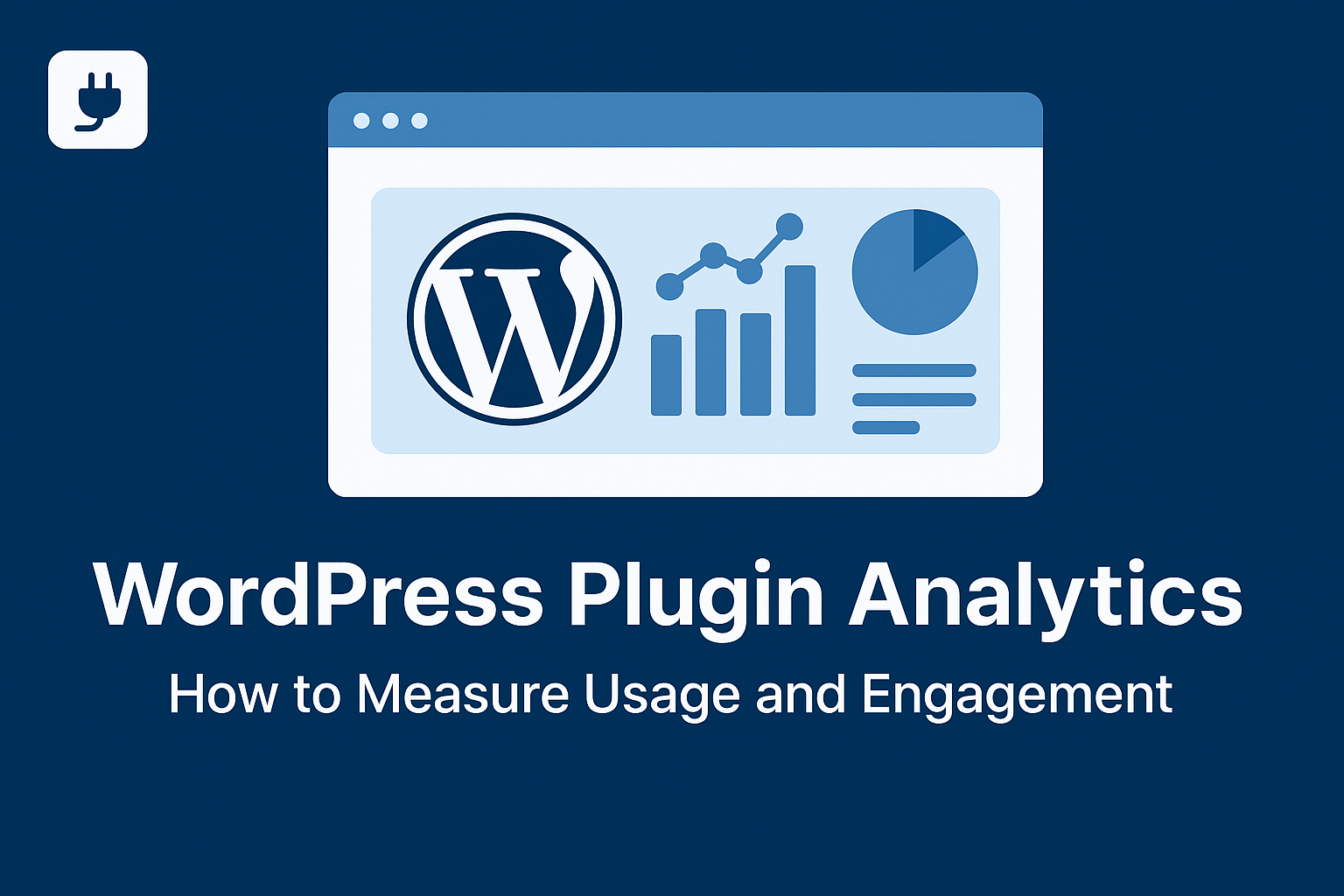Introduction
Once your WordPress plugin is live, the next big question is: how are users actually using it? Understanding plugin analytics — usage, engagement, and retention — helps you improve your product, prioritize features, and grow your user base. In 2025, tracking plugin performance is not just an option; it’s essential for success.
1. Why Plugin Analytics Matter
Analytics turn assumptions into actionable insights. They allow you to:
- See which features are most (or least) used.
- Identify user pain points and churn patterns.
- Understand plugin activation, deactivation, and uninstallation trends.
- Measure conversion rates for premium upgrades or add-ons.
2. Key Metrics to Track
For meaningful insights, focus on these essential plugin metrics:
- Active installs: Number of users currently using your plugin.
- Feature engagement: How often users interact with specific features.
- Retention rate: Percentage of users who keep your plugin over time.
- Conversion rate: Percentage upgrading to premium or connected services.
- Error reports: Frequency and type of bugs reported by users.
3. Tools to Track Plugin Usage
Several tools and techniques can help you gather plugin data effectively:
- WordPress.org Stats API – Basic stats for free plugins.
- Matomo – Privacy-focused analytics for plugin usage.
- Mixpanel or Amplitude – Event tracking for in-depth engagement.
- Custom REST API endpoints to send anonymized usage data to your dashboard.
4. Example: Tracking Feature Usage via REST API
You can add simple analytics directly into your plugin using the REST API:
// Example: Send feature usage data to your endpoint
wp_remote_post( 'https://your-server.com/api/usage', array(
'body' => json_encode(array(
'feature' => 'custom_field',
'timestamp' => time(),
)),
'headers' => array( 'Content-Type' => 'application/json' )
));5. Respecting User Privacy (GDPR Ready)
Collecting analytics must always comply with privacy laws like GDPR and CCPA. Ensure that you:
- Request user consent before sending data.
- Anonymize or aggregate sensitive information.
- Provide a clear opt-out option.
6. Visualizing and Interpreting Data
Raw data means little without visualization. Tools like Google Data Studio, Grafana, or Metabase can help you visualize user activity, retention curves, and churn patterns for better decision-making.
7. Turning Insights into Action
Once you understand how users interact with your plugin:
- Double down on popular features.
- Redesign or remove unused ones.
- Automate updates based on usage behavior.
Conclusion
By integrating analytics into your plugin, you’ll move from guessing to knowing. Understanding your users is the key to building better products, improving retention, and scaling your plugin business sustainably — all while respecting user privacy.
For more guides on WordPress plugin development and analytics, visit Plugintify.com.




